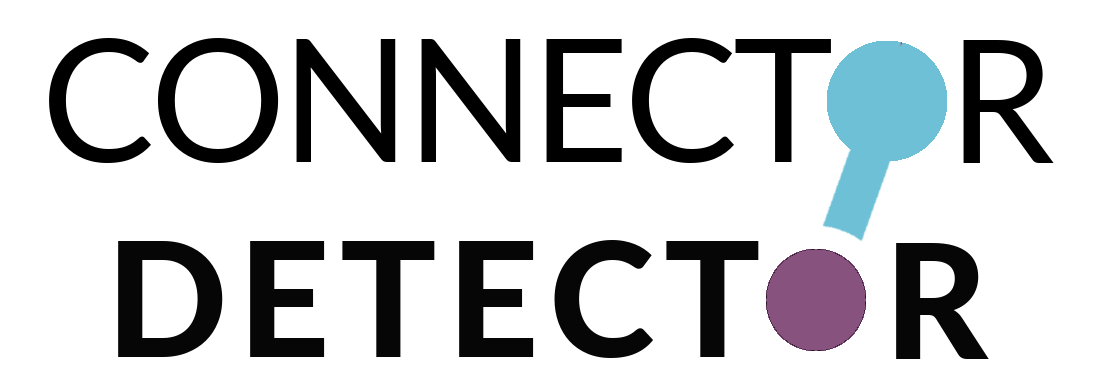Scope of Work for Power Apps Development: Trucking and Warehouse Management System
Project Overview:
The objective of this project is to design and develop a Power Apps application for a trucking company to manage and track the entire process of container handling, cargo unloading (devanning), and warehousing. The app will provide real-time status updates, stock management, and reporting capabilities. Should be able to scan the barcodes using mobile or tablets. Each transaction should have a clear log to track the changes with user name time and IP
Key Features and Functionalities:
1. Dashboard:
o A single comprehensive dashboard to monitor the following key data points:
Container Status:
A dynamic display showing the current status of each container with the following statuses: Dashboard should have the summery of each Category and should be able to drill down to detail page by click on it.
On Vessel
Landed
Waiting for Appointment
Load Out Appointment Secured
Waiting for Devanning
Empty
Waiting for Empty In Appointment
Empty Returned
Real-Time Stock Information:
On Dash Board it should show only 3 categories Received up to now, Delivered and Stock in hand. But by clicking on any of the item it should open the master grid to see all the data including below
Container Number / AWB (Air Waybill) Number
Devanning Date
Cubes into Stock
Stock Out Pickup Date
Trucker Pickup Reference
Stock Out Plate Number
Balance Stock in Hand (current stock remaining)
o Graphical Summary:
The dashboard will include graphs and visual charts for quick insights into stock levels, container status distribution, and other key performance indicators (KPIs). The graphs should update in real-time based on data input.
2. Data Entry Screen (Stock In and Out):
o A user-friendly data entry screen that allows authorized personnel to input stock information for both stock-in and stock-out processes, including:
Stock-in details such as container number, AWB number, devanning date, and cubes into stock.
Stock-out details such as pickup date, trucker pickup reference, stock out amount, plate number, and any associated logistics details.
o The form should include validation rules to ensure data accuracy, such as required fields and proper formats.
o Container number should be checked to ensure that no duplicate entries allowed
o Add/ Edit available and Delete function available to selected users
3. Container Status Update:
o A container status update screen that allows users to manually update the status of containers as they move through the different stages (e.g., from “On Vessel” to “Landed”, etc.).
o Image Upload Capability: The screen should also support uploading images of the containers or cargo for visual tracking. This will help in documenting container conditions or any discrepancies.
4. Detailed Screens for Dashboard Data:
o A set of detailed view screens that show in-depth information based on the data displayed on the dashboard.
o These screens will provide a detailed list or table view of container statuses, stock levels, and other relevant data.
o Users should be able to drill down into individual records to view more information, including a timeline of the container’s journey (from port to warehouse) and associated stock movements.
User Roles and Permissions:
• The app will have multiple user roles with specific permissions:
o Admin: Full access to all screens, dashboards, and settings, including managing users and data entries.
o Warehouse Manager: Can update container statuses, enter stock-in and stock-out data, and view the dashboard and detailed reports.
o Data Entry Personnel: Can enter stock-in and stock-out details but cannot update container statuses.
o View-Only User: Can only view the dashboard and detailed reports.
Integration and Data Sources:
• System will work as a stand along
• View only user can access this on public web after authenticated to the system
• Data from Power Apps should be stored in a secure database (e.g., SharePoint, SQL Server, Dataverse) and be easily accessible for reporting and analysis.
Reporting and Analytics:
• The system should be able to generate reports based on:
o Container status over time
o Stock movement history (in and out)
o Pickup and delivery performance (e.g., pickup times, delivery times, stock-out amounts)
• Reports should be exportable in formats such as CSV, Excel or PDF for external use.
User Interface and Experience (UI/UX):
• The application should have an intuitive, easy-to-navigate interface that aligns with Power Apps best practices.
• Mobile-responsive design to allow warehouse staff to use the app on smartphones and tablets.
• A clean and organized layout with clear navigation between the dashboard, data entry, and detail screens.
Timeline:
• Project Duration: 2 weeks (based on scope and availability of resources)
Deliverables:
• Functional Power Apps application
• Source code and configuration files (if needed)
• Documentation for app usage and administration
• Training materials for end-users and administrators
• A final report detailing the project’s implementation, challenges, and user feedback.
Support & Maintenance:
• Post-launch support to be provided for 30 days to address any bugs or issues.
• Additional maintenance or feature updates can be scoped and priced separately after the initial launch.
Intelligent Problem Solver (Director In Training – No Experience Needed)
Are you highly intelligent, exceptionally hardworking, and driven by an unstoppable career ambition? This is not a role for someone
